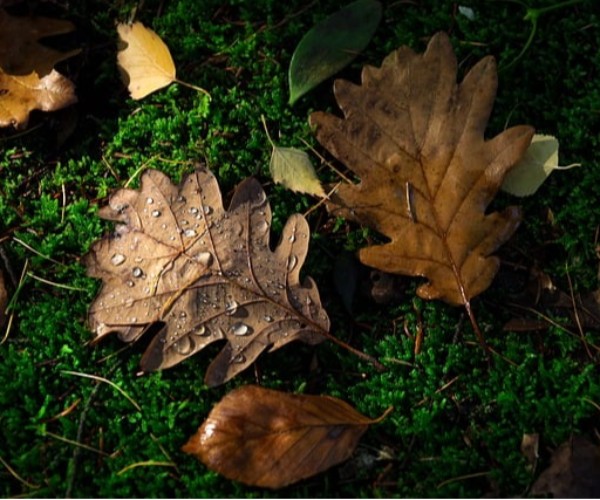- Lawn Turf
- Artificial
- Soil
- Timber
- Composite Decking
- Paving & Stone
Get In Touch With Our Experts Today!
Give us a Call! - Seed & Fertiliser
- Dressing
- Bark

October 23, 2023 Autumn Tips
As autumn takes hold, one of the inevitable consequences is falling leaves. Walking through carpets of crisp, fallen leaves is enjoyable when out on a countryside stroll. However, leaves falling on your lawn at home can be problematic if left to accumulate. But will fallen leaves actually damage your lawn? And what’s the most effective way to remove them? Read on to find out.
In short – yes, fallen leaves can damage your lawn if left piled up for too long. Here are the potential issues:
So while a light covering of leaves over autumn is fine, it’s clear that accumulated fallen leaves are detrimental to the health and appearance of your lawn. The good news is that removing them is a relatively straightforward process.
To banish fallen leaves and avoid lawn damage, take action as soon as leaves start to build up. Here are 5 effective methods:
By taking action as soon as fallen leaves start carpeting your lawn, you can avoid any leaf-induced lawn damage. Be sure to compost any leaves you remove where possible. And your lawn will stay lush, green and healthy through autumn and beyond.